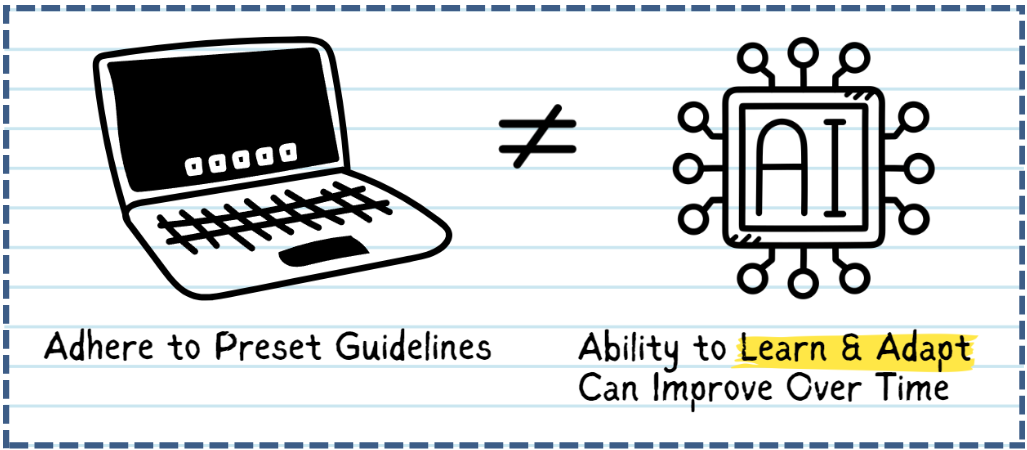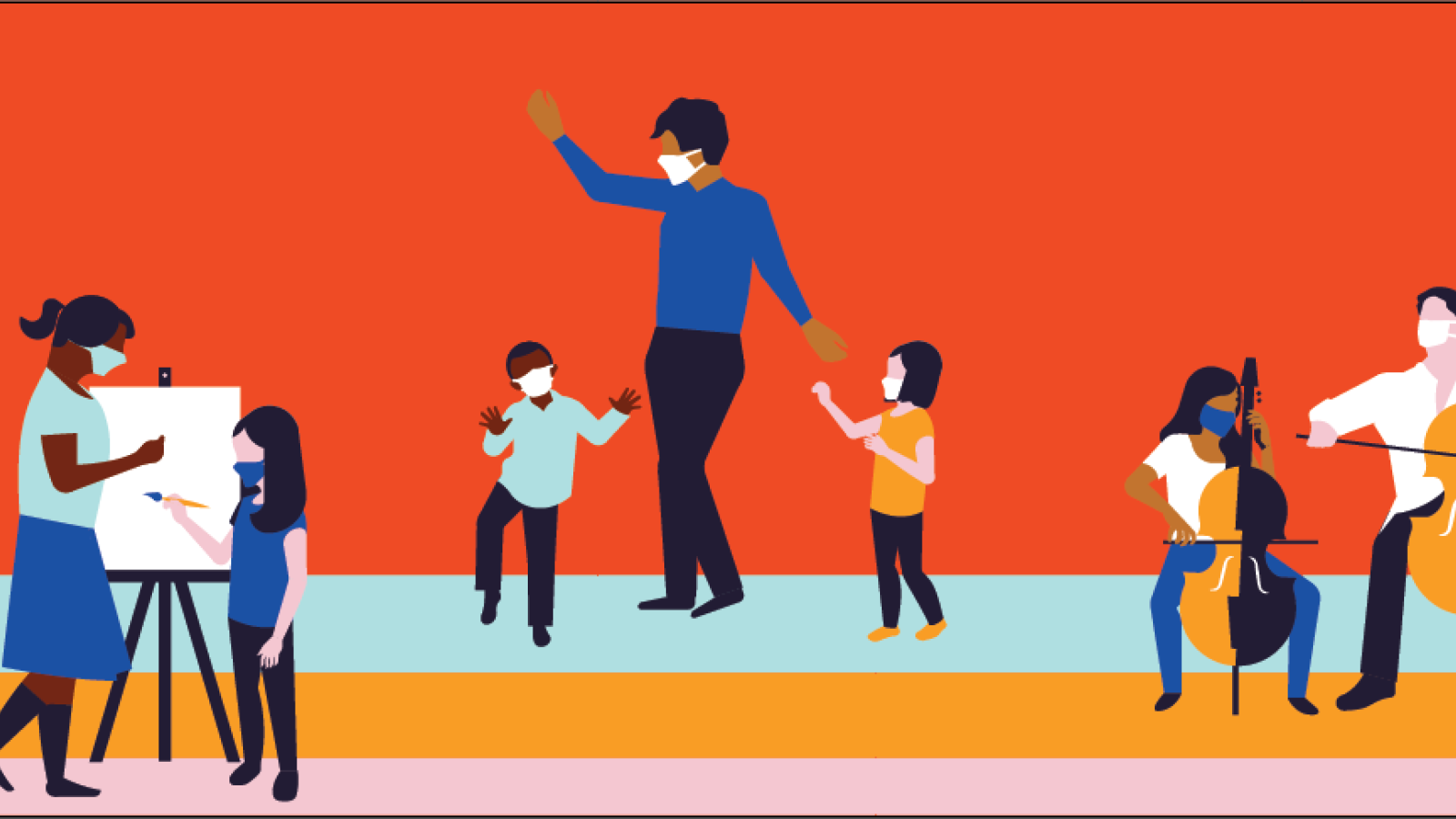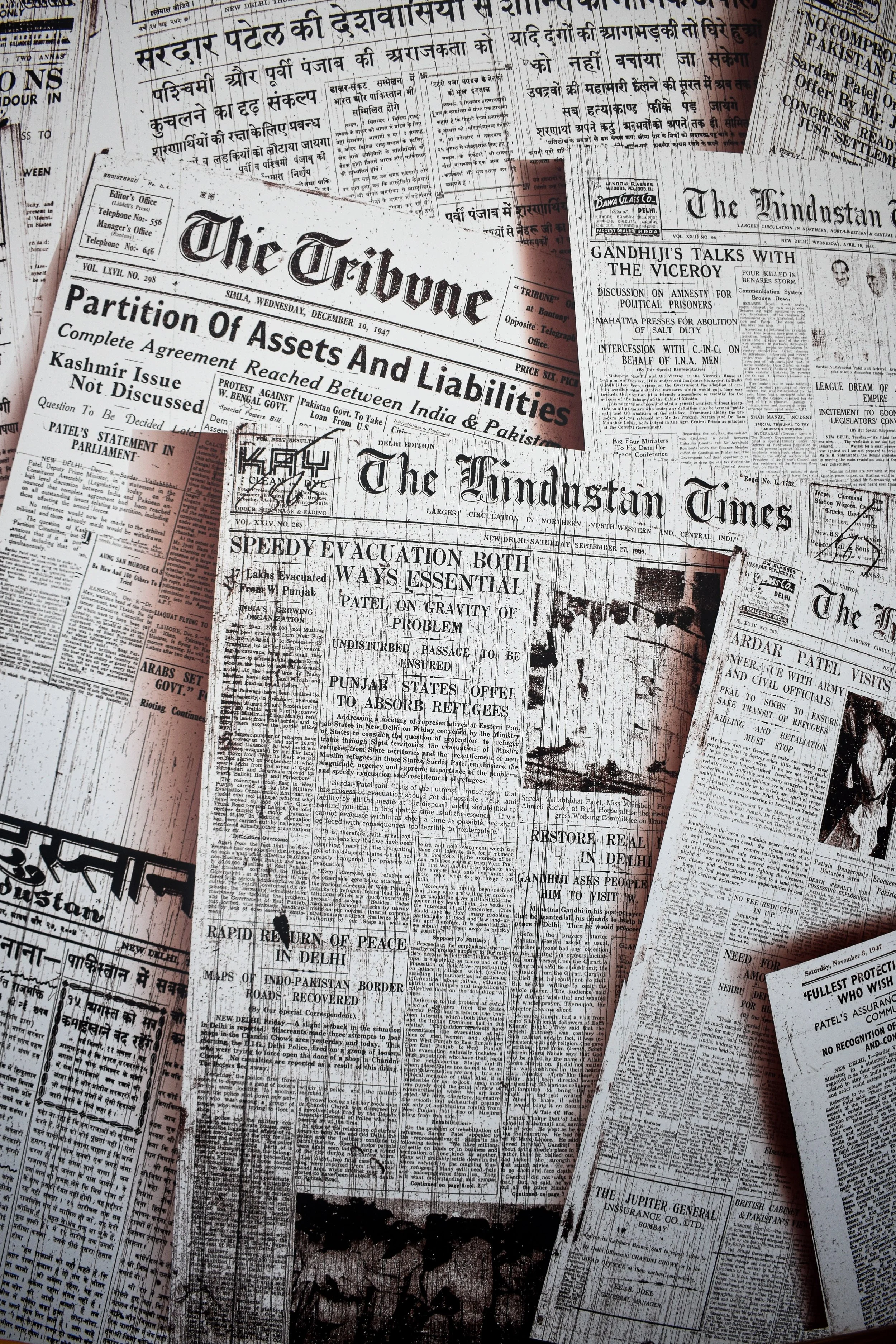Educators are grappling with the challenge of integrating AI into classrooms, fearing that these systems might replace traditional learning methods rather than enhance them. This brings us to the question: what barriers prevent educators from implementing artificial intelligence into their curriculum, and how can they be addressed?
All the World’s a Stage and the Technology Merely a Player
More than 400 years after Shakespeare’s death, his works remain essential to theatre as we know it. Now, emerging technology is changing the way we interact it. From extended reality to artificial intelligence, audiences can now immerse themselves in performances and extract meaning from texts in ways never seen before.
Part Two: Evaluating Neurodiverse Accessibility Offerings and Education Support in Art Museums
Art Museums are still falling short of accessibility needs. To better understand how art museums are addressing neurodiverse audiences, an evaluation was conducted of 30 Art Museums in three areas: neurodiverse accessibility offerings, physical accessibility offerings, and educator support and resources.
Part One: Understanding Neurodiverse Accessibility in Art Museums
For art museums, knowledge of and consideration of neurodiversity must be a requirement within the context of accessibility and DEAI efforts. How effectively are art museums actually providing neurodiverse accessibility, if at all? Additionally, what strategies can be implemented to enhance inclusivity for neurodiverse visitors and support educators who aim to bring neurodiverse students into these spaces?
Hurdles Made of Dollar Bills: The Gatekeeping of a College Education in Musical Theatre
For this analysis, author Ashley Offman has analyzed Playbill's Top 10 List from the most recent Broadway season. To fully understand the opportunities available for those who are trying to enter the industry, Ashley analyzed the costs of the current (as of November 2023) top 10 most represented schools on Broadway, the competition surrounding the process, and the possible consequences of the Supreme Court’s ruling to end affirmative action.
Secondary Arts Education as a Core Subject: Benefits and Examples
Essential Benefits of Arts Education for Students
Secondary school arts education is undeniably a consequential and vital experience for students to grow personally, socially, and intellectually. It benefits students inside and outside of the classroom in numerous ways. This article examines the various core standards for arts education and how they impact student development.
The Connection of Digital Placemaking and Inequity
Through a narrative-focused approach to digital placemaking, users gain an understanding of the environment they inhabit and perhaps a sense of “home.” However, A true collective experience cannot take place when certain populations lack the access and/or ability to participate in events, particularly in a digital space. Digital inequity has been entrenched as a significant barrier to education, employment, healthcare, and commerce in the 21st century.
The Arts Education for All Act: A Catalyst for STEAM Education
The demand for STEM practitioners is growing in tandem with the demand for workers who are equipped to think about their social and ethical aspects. The intrinsic values of the arts, such as empathy, community, and imagination, combined with the logic of the STEM model, create a more well-rounded experience for youth. Agnes Chaves, a new media artist and founder of STEMarts Lab, advocates for the idea that STEAM education practices allow students to understand the ethics behind new technologies and their impact on nature and humanity when approaching a problem. Particularly for larger societal problems such as digital inequity, it’s crucial that students perceive themselves as caretakers of the planet and global citizens.
In the News: August 2022
How Technology Facilitates Culture Heritage Restoration and Preservation
This article presented projects and examples that have exemplified great progress in cultural heritage preservation. As these technologies continue to develop and experts in the field become more knowledgable and adept at using these technologies, there is a positive prospect that continually enhancing technologies will deliver further achievement in cultural heritage preservation and digitalization by human inventions and under human supervision.
How 3D Printing Is Building Itself Into Theatre
Many industries have begun utilizing 3D printing to make work easier and more efficient. This technology is even making its way into the arts. Broadway theatres, university theatre departments, and theatres everywhere are implementing 3D printing technologies to construct props, and even to build entire sets. 3D printing brings new elements of realism and creativity into theatre. It is the future of stage and set design by enabling mass customization of specific designs and independent of outside factors, such as time constraints and availability. In recent years, the market for 3D printers in theatre has shifted from DIY projects to machines for professionals.
Technology Connecting ICH Motivations and Safeguarding Responsibilities
In an increasingly virtual work environment, digital technology is becoming a standard tool for creative industries. Cultural heritage work is no different. A broad variety of tools are being used to safeguard cultural heritage sites and objects, from partnering 3D modeling, drones and artificial intelligence for a preservation project on the Great Wall of China, to virtual reality being used to replicate and recreate the Dunhuang Caves. With the growing attention for intangible cultural heritage (ICH), it is important to explore what digital tools are being used for fulfilling intangible cultural heritage safeguarding responsibilities and what opportunities exist for other projects and their practitioners.
How Art and Technology Can Work Together to Facilitate Healing
When it comes to the widely discussed topic of mental health, the arts have proven to play a significant role in healing. In fact, artists and scientists have been researching impacts of art on the brain and body for nearly 75 years. The founding hypothesis in art therapy research emerged from the projects of two women curious about how art could help the severely ill, but extensions of their work continue to grow. Like much in our lives, art therapy research is now increasingly embracing immersive technology.
Intangible Cultural Heritage: Context and Digital Approaches for Safeguarding Efforts
Digitization efforts for cultural heritage are standard practice for institutions of all sizes, ranging from simple metadata records to elaborate 3D renderings of ancient sites. While the discussion of digitally preserving cultural heritage at large is prominent, the intersection of intangible cultural heritage and digitization practices requires specific recognition. This includes understanding intangible cultural heritage and its value for society. This article examines the emerging and evolving landscape of intangible cultural heritage, its global impact, and current efforts for safeguarding these intangible items in order to address how this field is being organized and used.
Examining Digital Collaboration in Theatre Production Processes
Theatre is known for being a highly collaborative art form. At least pre-pandemic, it was also an art form customarily shaped by in-person ideation and collaboration. Now that theatremakers across the globe have spent 19 months rethinking their relationship to in-person production and experimenting with virtual alternatives, the question emerges - how is collaboration in theatre production process evolving from its ancient and analog roots?
VR and Cultural Heritage Recreation
As museums and heritage attractions are restricted by distancing and capacity rule during the COVID-19 pandemic, digital strategies undoubtedly gather more interest than ever before. Virtual Reality (VR) has been put to use in the cultural sector a way to deliver exciting and immersive exhibitions. The communication between archaeologists and technicians is critical for the accuracy of the VR reconstruction and museums should work closely with their technology team and emphasize their obligation to public education in these creations. This insures that museums can keep the integrity of cultural heritage exhibits while providing an exciting and immersive educational experience of the past with technology that looks toward the future.
Virtual Reality in Arts Education
Technology in the K-12 Art Room; Why, Where, and How to Make It Happen
So Why is there an “A” in STEAM?
In the early 2000s, the state of science, technology, engineering, and math education troubled policy makers in the United States. Together, these four subjects became known as STEM. In more recent years there has been a shift to add arts into this focus, making the acronym now STEAM (science, technology, engineering, arts, math). However, there isn’t a clear outline or framework of what exactly a STEAM education is, or how schools and classrooms are supposed to be implementing this learning. Even among the academic articles about STEAM, there is disagreement about STEAM, its definition and implementation.

























